Description
| 3DXSTAT ESD PLA is an advanced ESD-Safe compound designed for use in critical applications which require electrostatic discharge (ESD) protection. Made using cutting-edge multi-wall carbon nanotube technology, state of the art compounding technology, and precision extrusion processes. Target surface resistance: 10^7 to 10^9 Ohm. |
Benefits of 3DXSTAT ESD-PLA
- Ideal for printing without a heated bed, no enclosure required
- Low shrinkage, warping, and easy printability, PLA prints on practically all desktop 3D printers
- Very low odor, perfect for printing in home or office environments
- Gorgeous surface quality to make printed parts look beautiful
- Made from plants makes PLA a renewable biopolymer
Reviews
Print Recommendations
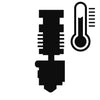
Extruder Temp
210-240C
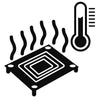
Bed Temp
23-60C
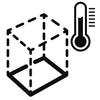
Heated Chamber
Not required

Nozzle Specs
No special concerns
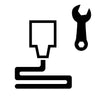
Layer Height
No special concerns

Drying Specs
65C for 4 hours

Abrasive Material
This material is particularly abrasive among 3D printing filaments. Users may find standard brass nozzles are chewed through very quickly compared to standard wear and tear. When worn through, the nozzle diameter will widen inconsistently and the printer will experience extrusion issues.
Because of this, it's strongly recommended this material be printed through a hardened steel nozzle rather than a softer metal. Hardened steel nozzles can often be inexpensive and easily installed depending on your printer manufacturer's instructions.
Material DETAILS
Glass Fiber Reinforced Filament
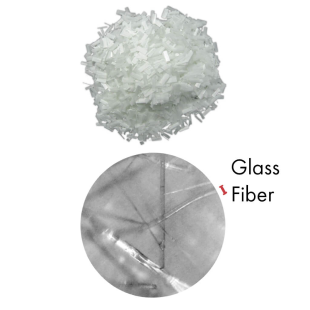
What Is It?
DescriptionFibers made of glass reinforced into the polymer during manufacturing and aligned along the axis of filament.
This, along with their physical makeup, give this material enormous strength and mechanical properties.

What Does It Do?
Glass fiber reinforcement gives material a lot of desirable properties:
High strength
High stiffness
High chemical resistance
Low thermal expansion
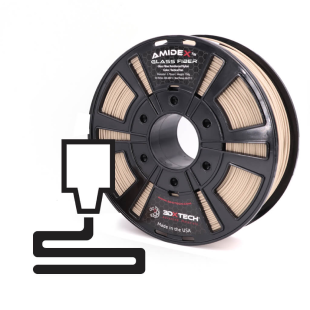
How Does It Work?
Reinforcing plastic with glass fibers produces a 3D printing filament which exhibits the best properties of both fiberglass and the plastic of choice.

What Is It Good For?
Ideal for any applications which require strength and rigidity.
For these reasons, glass fiber reinforced filament is very popular in automotive, mechanical, civil engineering, and research industries.
RECOMMENDED
You May Also Like
Make confident choices and discover the best printing solutions.

